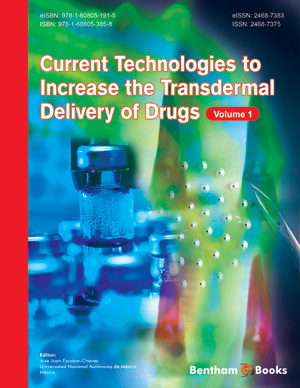Abstract
Mucins are the major macromolecular constituents of the mucous secretions that coat the oral cavity and the respiratory, gastrointestinal and urinogenital tracts of animal. They are responsible for the viscoelastic properties of the secretions, providing protection for the exposed delicate epithelial surfaces from microbial and physical injuries. Secretory mucins are typically of very high molecular mass (over 1 mDa) and have hundreds of O-linked saccharides constituting between 50% and 80% of the molecule by weight. The saccharides are based, at present, on seven core structures and can vary in length from disaccharides to oligosaccharides of approximated 20 monosacharides and exhibit astonishing diversity. The biological relevance of this diversity is not fully understood, but one possibility is that they act as ‘decoy’ receptors for the prevention from binding of pathogens to epithelial cell. It has been shown for a long time that the saccharides are linked to serine and threonine residues of the protein scaffold. However, owing to the technical problems associated with deglycosylation of mucins, the biochemical characterization of the protein backbone of the large discrete mucins has been fraught with difficulties. Mucins play a key role in the host intestine. From acting as a protective, physical barrier, they are responsible for producing certain protective enzymes that are responsible for the host intestinal defensive mechanism. The defensins and magainins that protect the host in the intestine are largely responsible for the prevention of many microbial diseases. The integrity of the intestinal mucin may also help as a physical barrier to the entrance of bacteria to the underling tissue. Thus organisms that produce enzymes capable of hydrolyzing mucins can easily establish infections. Thus, the microorganisms that produce sialidases are capable of hydrolyzing cervical mucin and such organisms have been implicated in the pathogenesis of sexually transmitted infections in the female genital tract. Hence, the detection of these enzymes may be indicative of the presence of invading organisms and may be used as a diagnostic tool. Mucins may play a key role in the pharmaceutical industry as a drug delivery agent if properly harnessed. Mucins are ubiquitous in many human tissues. Thus we can talk of intestinal, ocular, ovarian and salivary mucins, etc. They are also negatively charged. This makes mucin a good candidate for drug delivery as they can be conjugated to positively charged drug molecules and targeted to the respective tissues. Its biomaterial properties can readily be modified by the use of other cationic polymers such as chitosan. Apart from the modification of the biomaterials properties, cationic polymers help to stabilize mucin as it can readily degrade to its motifs. Their viscosity and solubility properties can readily be modified using micro-molar concentrations of ethylene diamine tetra-acetic acid (EDTA) which chelates the calcium content of muicn. It is highly biocompatible, non-toxic and easily biodegradable. Mucins are often used for modelling of mucoadhesive and bioadhesive systems. Thus the interpenetration of various polymers at the mucin-polymer interface at a temperature higher than the glass transition temperature is often used to explain the mechanism of mucoadhesion. The molecular bridges which result between mucin-polymer interpenetration accounts for the adhesive strength. Apart from these bridges, the electronic properties of mucin help in mucoadhesion. Mucin, therefore, has high potential as a pharmaceutical excipient if adequately harnessed






















